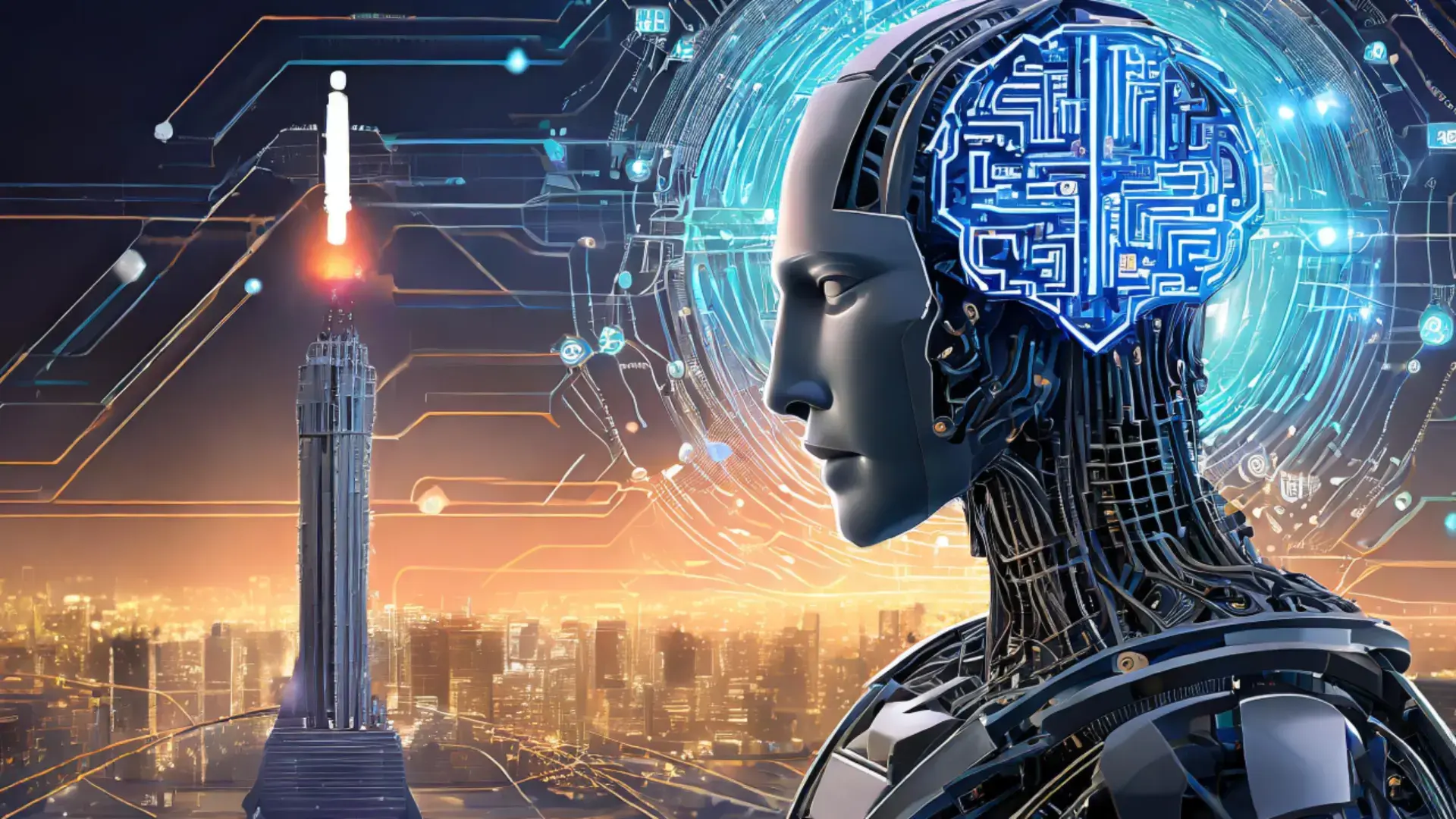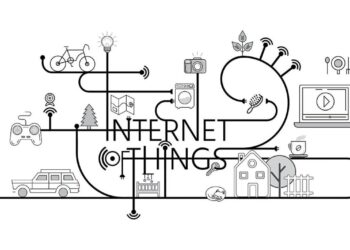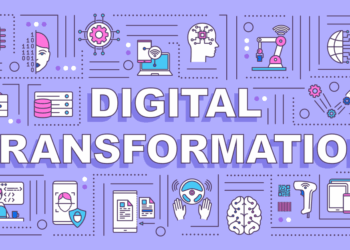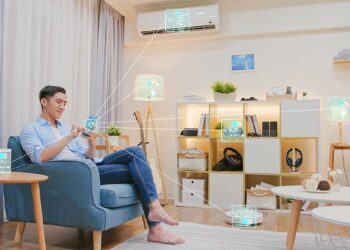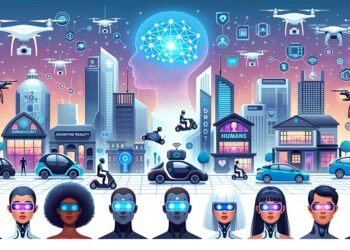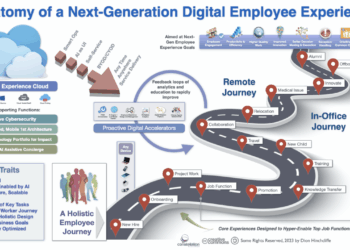Artificial Intelligence has quietly infiltrated every aspect of our daily routines, revolutionizing how we work, communicate, and manage our homes. This 2,000+ word guide explores the profound impact of AI-powered solutions on modern living, backed by the latest statistics and emerging trends.
The Pervasiveness of AI: Key Statistics
-
85% of customer interactions will be AI-managed by 2025 (Gartner)
-
AI market projected to reach $1.8 trillion by 2030
-
77% of consumers currently use AI-powered services daily
-
Smart speaker adoption grew 300% since 2018
Core Areas of AI Integration
A. Smart Home Ecosystems
-
Voice-Activated Control Systems
-
Amazon Alexa’s 100,000+ skills
-
Google Assistant’s multilingual capabilities
-
-
Predictive Home Maintenance
-
AI-powered leak detection systems
-
Appliance failure prediction algorithms
-
B. Personalized Health Management
-
AI Health Assistants
-
Symptom checkers with 90%+ accuracy
-
Medication reminder systems
-
-
Advanced Wearable Technology
-
Real-time ECG monitoring
-
Sleep pattern analysis
-
AI in Daily Routines: Practical Applications
A. Morning Optimization
-
Smart alarms using sleep cycle analysis
-
AI-curated news briefings
-
Automated coffee machines with usage learning
B. Workday Enhancements
-
Email sorting algorithms (Gmail Smart Reply)
-
Calendar scheduling assistants
-
Virtual meeting transcription services
C. Evening Wind-Down
-
Smart lighting adapting to circadian rhythms
-
Content recommendation engines
-
AI-composed music for relaxation
Emerging AI Technologies
A. Computer Vision Breakthroughs
-
Grocery scanning refrigerators
-
Security systems with facial recognition
B. Natural Language Processing
-
Real-time translation earbuds
-
Context-aware voice assistants
C. Predictive Analytics
-
Shopping pattern anticipation
-
Traffic optimization routing
Challenges and Considerations
A. Privacy Implications
-
Data collection transparency
-
Voice recording storage policies
B. Reliability Concerns
-
Algorithmic bias issues
-
Failure scenarios in critical systems
C. Adoption Barriers
-
Technological literacy requirements
-
Cost of implementation
Future Outlook: Next-Gen AI Living
-
Emotionally Intelligent Assistants
-
Full Home Automation Ecosystems
-
AI-Powered Personal Shopper Systems
-
Predictive Health Intervention Tools
Preparing for an AI-Centric Future
A. Skill Development
-
Basic AI literacy courses
-
Voice command optimization
B. Home Integration Tips
-
Starting with single-point solutions
-
Ensuring system compatibility
C. Security Best Practices
-
Regular software updates
-
Multi-factor authentication
Tags: AI technology, smart assistants, machine learning, automation, future tech, digital transformation, smart homes, AI applications, voice recognition, predictive analytics



.webp)
